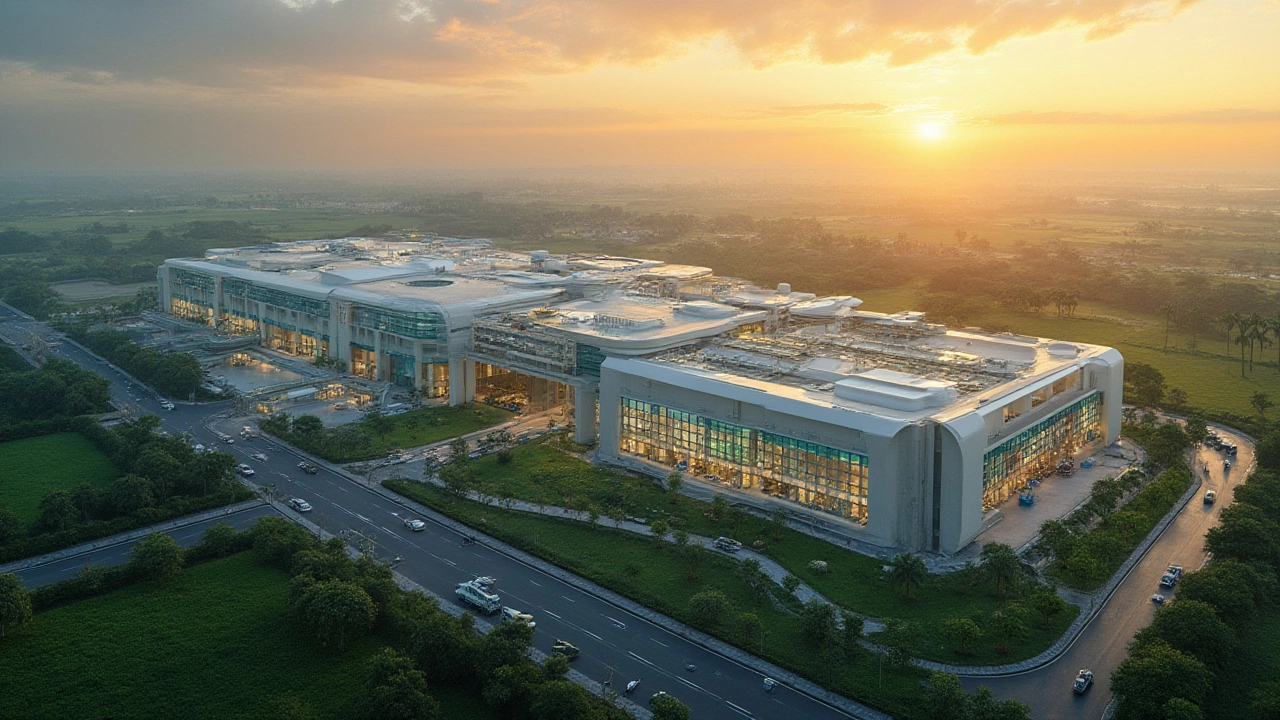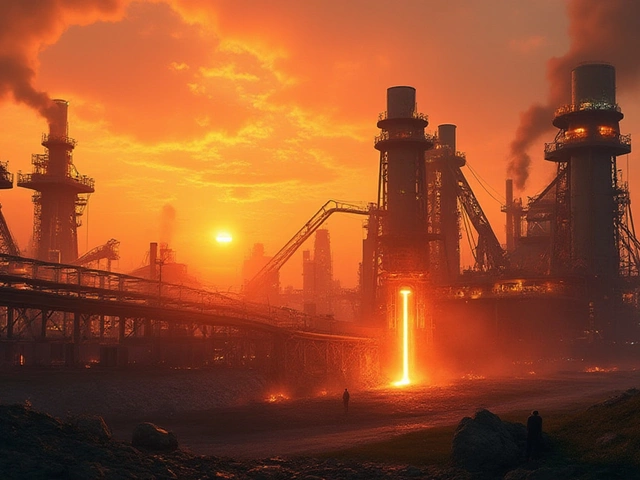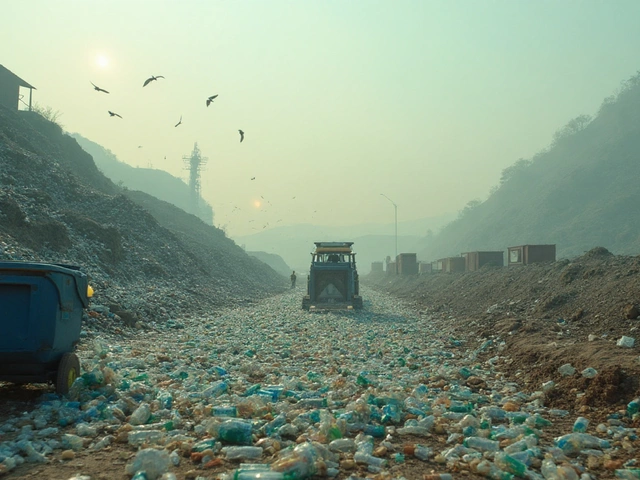Ever wondered who sits on the pharmaceutical industry's iron throne—the richest of them all, wielding billions and shaping global healthcare? It’s not just about whose medicine you see on commercials or in your grandma’s cabinet. Behind the scenes, a fierce rivalry is unfolding, as the world’s biggest pharma companies battle for the top spot. What makes them so obscenely rich, and who takes the crown right now? We’re about to unmask the secrets, money flows, and power moves of the world’s pharmacy bosses.
The Titans of Global Pharma: Who Tops the List?
The answer’s not just a matter of guessing which pill you pop most often. To really nail down the world’s richest pharma company, you’ve got to follow the money. Cold, hard revenue—what these giants rake in every year—is the best scoreboard in this game. Right now, there’s a reigning champ: Pfizer. After the COVID-19 pandemic redefined health priorities and broke earnings records, Pfizer exploded past the competition. The company clocked a jaw-dropping $58.5 billion in revenue in 2023, according to their official annual report. That’s more than the GDP of some countries. And we’re not talking Monopoly money—these are audited, Wall Street-pleasing numbers.
Pfizer’s leap wasn’t just luck. Their mRNA-based COVID-19 vaccine, developed with BioNTech, became one of history’s fastest-selling medicines. During the height of the pandemic, Pfizer’s revenues doubled, showing just how quickly a company’s fortune can change. But before COVID tilted the scale, competitors like Johnson & Johnson and Roche sat at the summit, holding the industry’s deepest pockets. Roche, a Swiss powerhouse, isn’t one to underestimate either. With roots deep in biotech and cancer treatments, it posted $66.5 billion in sales in 2023, but much of that came from diagnostics and not just pharma. That distinction is why Pfizer edges into first place if you’re purely counting pharma division earnings. Meanwhile, Johnson & Johnson is a titan with feet in several industries—medical devices, consumer health, and pharmaceuticals, making it a leader in diversity and staying power, though its pure pharma revenue often lands just shy of Pfizer’s.
Want to know something sneakier? The richest pharma company almost changes every year based on how you slice the numbers. Takeda, Novartis, Merck & Co. (that’s the American Merck, not the German one), and Sanofi all kick around in the big leagues, each flirting with $40-50 billion in annual drug sales. Collectively, the top 10 pharma companies generate more than $450 billion per year, making pharma one of the planet’s most lucrative industries—second only to tech giants like Apple or Microsoft. Just imagine: fewer than a dozen companies control almost every major branded medication you’ve ever heard of—Lipitor, Humira, Keytruda, Lantus, and so on. And behind those drug names are armies of lawyers, marketers, scientists, and lobbyists, all working to keep their slice of the trillion-dollar pie.
The lesson here? Today’s richest pharma can fluctuate, but Pfizer has dominated lately due to aggressive R&D, strategic partnerships, and the huge COVID cash injection. Next year, a surprise blockbuster drug—or a global health crisis—could reshuffle the deck again. If you’re thinking of buying stock, watch annual reports and pipeline news closely, because big pharma fortunes move fast and unpredictably.

How Do Pharma Companies Get So Rich?
Here’s the juicy part: pharma companies don’t just stumble into these insane profits by accident. A mix of science, smarts, and sometimes even controversy drives their earning power. Let’s break it down.
First up: patents are like gold mines. When a company invents a groundbreaking drug (think insulin analogs, cancer immunotherapies, or new-age weight loss pills like Ozempic and Wegovy), they score exclusive rights—often for 20 years—to make and sell the drug. That means no one else can legally make a cheaper version until the patent expires. Take Humira by AbbVie, for example. In 2022, it grossed around $21 billion globally, keeping competitors out of the U.S. market through a web of patents until biosimilars started creeping in just last year.
Another reason for the mind-boggling wealth? Pricing power. Unlike, say, a TV or a car, you can’t really shop around the same way for lifesaving meds. Even with some government controls or insurance squeezes, pharmaceutical prices often soar, especially in countries like the U.S.—which is where most big drugmakers rake in their fattest profits.
The third secret sauce is their pipelines. These companies pour billions into R&D, hunting for the next big breakthrough. Around 15%-20% of their revenue typically goes straight back into research. That’s why you’re always hearing about new therapies for cancer, rare diseases, and now, even aging itself. Sometimes those bets fizzle, but a single hit can return hundreds of times the original investment. Merck&Co’s cancer therapy Keytruda, for example, made over $25 billion in 2023, turning into one of the most lucrative drugs ever, rising from risky trial to industry juggernaut in less than a decade.
But let’s talk scale. These aren’t just lab coat operations. Pfizer employs close to 79,000 people worldwide, with a network of factories, sales reps, legal teams, and lobbyists keeping the profit machine humming. They spend fortunes—reports suggest about $12 to $15 billion each year—just promoting and defending their products in markets across the globe. Yes, all those flashy TV ads and doctor lunches add up.
You don’t get to being the richest pharma company without a bit of controversy, either. Price hikes, slow generic entry, and the opioid crisis have landed these giants in court more than once. Pfizer, for instance, famously paid $2.3 billion in 2009 to settle federal fraud charges—the largest healthcare fraud settlement in U.S. history at the time.
At the end of the day, big pharma’s wealth comes from playing the long game—betting on scientific talent, wielding exclusive rights, and working every angle of regulation, PR, and the global health market. If Siri, Alexa, or Google ever reminds you to take your meds, chances are you’re just one customer out of hundreds of millions pouring cash into the richest pharma’s vaults every day.

Power Moves: How Pharma Giants Stay On Top
With all those billions flying around, staying the world’s richest pharma isn’t a free ride. These companies play a high-stakes chess match, locking down market share and protecting their bottom line at every turn. How do they keep their lead—and what can smaller companies learn if they want to join the big table?
Mergers and acquisitions are top of the playbook. Pharma’s history is full of headline-grabbing deals: Pfizer’s $68 billion purchase of Wyeth, Bristol-Myers Squibb swallowing up Celgene for $74 billion, and AbbVie’s $63 billion acquisition of Allergan. These aren’t just about buying products—it’s about grabbing patent rights, snatching up promising research, and shrinking the competition. Every couple of years, some mega-deal redraws the pharma map.
Another strategy? Dive deep into data. Companies now use AI and massive clinical databases to spot drug targets, predict trial success, and even personalize therapies. Roche is knee-deep into AI-driven cancer diagnostics; Novartis leans on big data to optimize its global drug launches. This isn’t science fiction—it’s the new arms race. If you want to play with the rich kids, you need bleeding-edge tech and a war chest for investment.
Then there’s the global reach. Top pharma outfits operate in dozens of countries at once. They work with local governments, healthcare systems, and even charities to get their products into as many hands as possible. Gilead nailed this with its antiviral HIV and hepatitis drugs, using partnerships in Asia and Africa to open up giant new markets—fueling another revenue surge.
One more trick: the patient assistance and generic dance. Aware of their reputation, these companies set up programs to offer their drugs at lower prices to those in need or donate to global health causes. It’s partly good PR, partly a regulatory move, and partly a way to stave off criticism while still protecting the premium pricing in most markets. Once a patent ends, many companies will be first to launch their own generic version—a “branded generic”—to keep some revenue instead of losing everything to competitors.
- Want to spot the next richest pharma company? Watch new drug approvals by the FDA, because each blockbuster can catapult a company up the ranks overnight.
- Keep an eye on patent calendars—the windows when a big drug loses exclusivity are moments when fortunes shift fast.
- If you’re hunting business ideas, study how these giant companies set up local manufacturing and R&D hubs in places like Singapore, Ireland, or India, taking advantage of regulation and tax incentives.
- An insider secret: new advances in gene editing, cell therapy, and obesity drugs are driving the next pharma gold rush. Watch who’s filing the most patents and launching first-in-class drugs—it’s often the clearest sign a company is heading for top-dog status.
So, the dream of joining the billionaire’s club in pharma isn’t just pie in the sky. But whether you’re an entrepreneur eyeing the space, an investor reading tea leaves, or someone who just wants to make sense of those giant pill bottles, one thing’s clear: the richest pharma company today is riding the waves of innovation, tactical deals, and relentless global expansion. Tomorrow? Could be a new face breaking every sales record we know. Stay tuned—the race is anything but over.







Write a comment